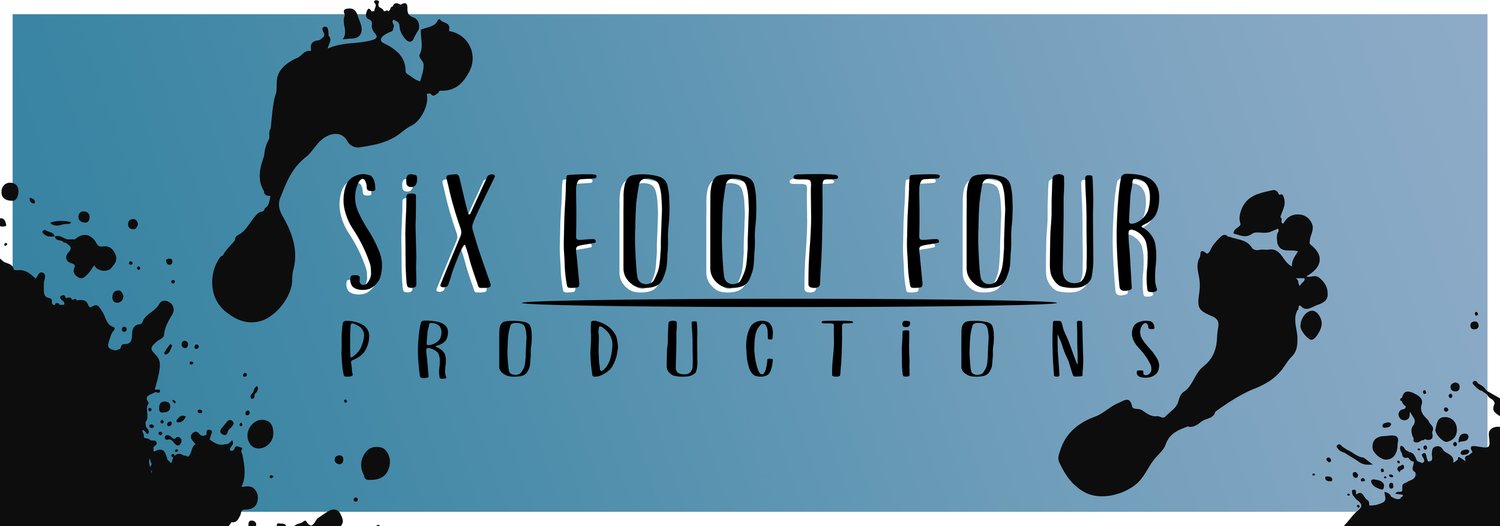Innovations at Whale Labs: Bee Venom Harvesting
You're in for some sweet, sticky knowledge about the latest buzz in town: Whale Labs. Nestled on the Gold Coast, this hive of activity has been cooking up some un-bee-lievable inventions with our favourite black and yellow buddies. And what's their latest concoction, you ask? A bee venom harvester. Yep, you read that right. It's not your everyday gadget, but it's causing quite the buzz!
The genius behind this contraption is as bee-wildering as it is straightforward. Picture a tiny, buzzing guitar serenading the bees. Except, instead of producing a chart-topping ballad, it sends out high-frequency vibrations that mildly annoy one in every ten thousand bees. And how do these bees express their irritation? They sting a glass plate on the device, dropping a smidgen of venom. The bees can vent their annoyance without losing their stingers thanks to the slick glass surface. Now that's what I call a win-win!
But don't think this magical machine just appeared overnight. Oh no, the busy bees at Whale Labs spent a whopping five years perfecting the technology. Imagine five years of frustratingly playing the same chord over and over to find the one that just slightly irritates the bees! The goal was to find the sweet spot that gets the bees just riled up enough to sting but not stressed out. And why all this effort? Because unlike some other venom collectors who go around zapping poor bees to death, Whale Labs wanted a more bee-nevolent approach.
This nifty venom harvester comes complete with a control box that houses a PCB board, which I'm told stands for "Pretty Cool Bees" (or was it printed Circuit Board?). The most time-consuming part of making this gadget is tuning it, like a musical instrument, except it's a frame, not a guitar. You just stick it in front of a bee hive, attach a battery, and let it do its thing.
Here's a fun fact: Bee venom can refill within a week. It's like their very own superpower! This venom has a bunch of uses, especially in health and beauty products. It can help with skin conditions like dermatitis and eczema, and some research even suggests it could have a role in treating melanomas and other tumours. Who knew getting stung could be so beneficial?
The potency of the venom can change depending on the season and nearby flowers. In winter, for example, the venom contains more adp2, an allergenic factor. This variation is confirmed using a high-performance liquid chromatography machine, which I'm told is not a fancy coffee maker but can separate and identify the different components of the venom.
Plus, having "angry" bees - the ones more likely to sting - can be good for your hive. They're better at dealing with threats like the small hive beetle and varroa mites. Who knew being grumpy could be a survival strategy?
Once the venom's been collected, it's scraped off the glass plate with a razor. You might think, "That's not much venom," but remember: great things come in small packages! Especially when you've got several hives. Just remember to pop the venom in the freezer afterwards to keep it fresh until you need it.
The folks at Whale Labs are buzzing with excitement to start rolling out this new tech. Orders for the venom harvester are now being accepted on their website. So if you're ready to rock the world of beekeeping with this new gadget and help out the bees while you're at it, this is your chance. Just remember, with great power (or in this case, venom) comes great responsibility!
So there you have it, folks! A fantastic invention from Whale Labs that's creating a real buzz in the world of beekeeping. And remember, you heard it here first, folks! Now, go forth and spread the news about this un-bee-lievable invention. Happy beekeeping!





